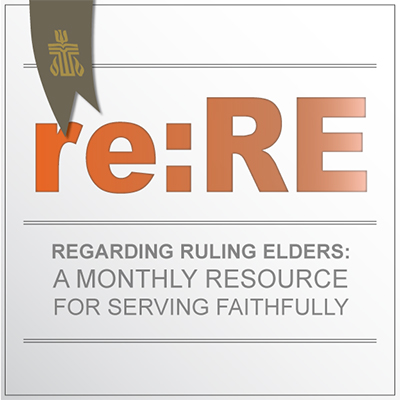Do you promise to further the peace, unity, and purity of the church?
When I was ordained as a minister, I invited a ruling elder I’d known all my life to ask me the constitutional questions. She served as an educator in my home church when I was young. I remember sitting in worship with her and my sisters when my parents were out of town. (I have so many questions about this: How did she have time—wasn’t she busy on Sunday mornings? And what value must my parents have placed on worship to ensure the four of us attended when they were away?)
Anyway, here I was, grown up, when I discovered she worked in the office of my new presbytery. I liked the idea of having someone who helped form my early faith asking me the questions about stepping into ordained ministry. On the day of the service, we stood together in the chancel of my new church—both of us nervous. She began the questions, but when we got to this one, she accidently skipped over part of it. “Do you promise to further the peace and purity of the church?” she asked. I hesitated. Did she leave out unity? Would she correct herself? Should I correct it in my answer? My pause stretched out, awkwardly. In the end, I just said “I do,” and we continued.
That moment has come back to me over the years, often in times of church conflict. I never actually promised to further the unity of the church, so what would it mean to not work toward it? But then I always wonder, is it possible to further the peace of the church without a common goal of unity? And what good is any move toward some kind of purity of faith or mission if we can’t be united in its meaning or value?
I’ve come to the conclusion that I didn’t get off the hook all those years ago. As Coming Alive in Christ (pp. 47–48) reminds us, all three goals work together. Neither peace, nor unity, nor purity are inevitable or easy. The church gets into trouble when we move toward one without regard to the others. Holding all three in balance requires our creativity and flexibility. All three ask us, as officers on behalf of the church, to listen, learn, love, and to lead.
We start with an awkward pause to take an honest look at ourselves, even as our tendency is to want to assess others. It’s easy to see where another needs to bend or change in pursuit of peace, unity, or purity. It’s much more difficult to notice our own need for transformation.
The apostle Paul knew we would struggle in our common life together. His letters to young churches give us good advice on living out our promises. The model of the church as the Body of Christ is one such example. In a body with different parts and gifts, we see how unity doesn’t mean we are all the same, but rather we equally value one another’s diverse contributions. Peace comes through the harmony of different parts working together toward a common goal. The metaphor gets more complicated with the goal of purity—should we talk about what goes into the body? What comes out of it? What one does with it, and with whom? (Wait, are we still talking about the church, or its members?) Maybe it’s a good time to recall that the head of the Body is Jesus, and perhaps purity means a clear desire to follow him.
The good news is that as followers of Jesus, we don’t promise to finally achieve peace, unity, or purity in the church—we promise to further them. As you live out your call as a ruling elder, set your next-step vision for your congregation just a bit further down the road of peace, unity, and purity. What would a little movement in the right direction mean? And then a little more after that? And how do you start with yourself?
However awkwardly you may be tempted to pause when you answer this question, or any other, trust that God will be with you—and all who serve with you—every step of the way.
For Reflection:
- What does peace, unity, and purity mean for you in your congregation?
- How can you further those goals, starting with yourself?
- How do the resources in Coming Alive in Christ deepen your understanding of this ordination question?
Rev. Julie Coffman Hester is a pastor and writer in the Presbytery of Western North Carolina. She is inspired by faithful ruling elders, like her parents, and the remarkable disciples with whom she has served in local congregations.
This article is the eighth in a 12-part series focusing on the constitutional questions that church leaders answer upon their ordination and installation, using some of the materials from Coming Alive in Christ: Training for PC(USA) Ruling Elders and Deacons Based on the Constitutional Questions, which is available through Equip, the church’s online training platform.

